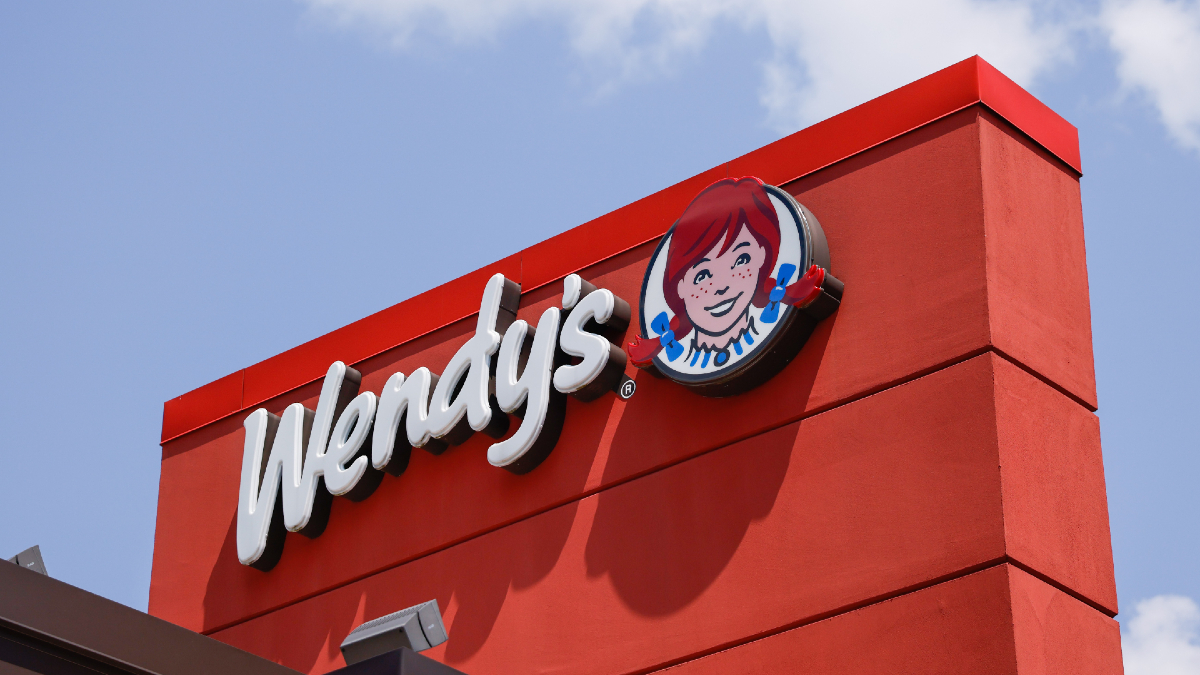Wendy’s Immediately Walks Back Surge Pricing Plan Following Backlash

It’s only been a day since we learned of Wendy’s plan to test out a surge pricing model at locations across the U.S. and the fast food company is already walking it back.
You’re probably familiar with the term “surge pricing,” which affects the cost of Uber rides depending on the time of day and the number of people requesting a lift (or a Lyft). Yesterday, we learned that Wendy’s was planning to test that concept on fast food, rolling out a new “dynamic pricing” model in 2025.
According to CNN, Wendy’s invested $20 million in new digital menus for its locations across the U.S. The digital signage will allow prices to change throughout the day based on consumer demand, but that’s not the only notable feature of the new system. CEO Kirk Tanner said the new menus have “more enhanced features like dynamic pricing and day-part offerings along with AI-enabled menu changes and suggestive selling.”
In response to the backlash, Wendy’s posted an official statement on its blog, where it now claims that the media “misconstrued” the company’s plans for digital menu upgrades. “We said these menu boards would give us more flexibility to change the display of featured items,” reads the statement. “This was misconstrued in some media reports as an intent to raise prices when demand is highest at our restaurants. We have no plans to do that and would not raise prices when our customers are visiting us most.”
For the record, the media didn’t misconstrue anything: Wendy’s execs discussed plans to implement dynamic pricing in a recent earnings call. You can listen to the call and read through the presentation notes on the company’s website.
Some locations already have the new digital system, which appears to have replaced drive-thru employees with interactive AI, as seen on TikTok:
So-called “dynamic pricing,” which uses algorithms to set prices based on consumer demand, has been a scourge on multiple industries, affecting the cost of rideshare services, event ticketing, and even apartment rents. In 2022, ProPublica published a report on RealPage, an algorithmic system adopted by management companies to set rent prices based on market availability and demand. More than 20 lawsuits have since been filed, accusing property management companies and landlords of colluding with the Texas-based company in a price-fixing scheme to maximize profits.
At first, I wondered if Wendy’s is popular enough to justify surge pricing. Looking over its annual profits, the purveyors of what I once considered to be the best fast-food spicy chicken sandwich are in the midst of an upswing; Wendy’s revenues have been steadily increasing since 2018. But, as CNN notes, McDonald’s has experimented with similar dynamic pricing in recent years, resulting in backlash over the inflated cost of a single hashbrown. Unsurprisingly, McDonald’s sales declined in response to the price increases, with execs observing that the number of low-income customers (those who make below $45,000 a year) decreased during that period. To which most people with more than two brain cells to rub together might say: no doy.
(featured image: Kena Betancur, VIEWpress)
Have a tip we should know? tips@themarysue.com